



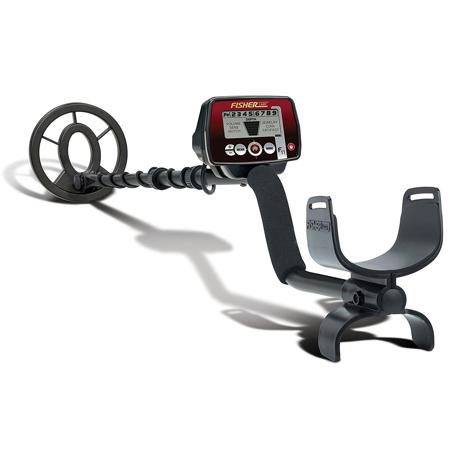
See Options
Need help? Ask our experts.
Review Summary
Coin Shooting
Jewelry Hunting
Relic Hunting
Concentric
7" (17.78cm)
Elliptical
Open
Yes
Yes
VLF Single Frequency
Adjustable
No
Yes
No
No
4
Yes
Standard
7.69 kHz
1
No
9
Yes
No
Adjustable
Yes
Fixed
No
Artifact, Coins, Jewelry
No
LCD
No
Yes
1/4"
No
Yes
9-Volt
1
15 to 20 Hours
Yes
No
Static PinPoint, Notch
Yes
Maximum: 51" (129.54cm)
Minimum: 41" (104.14cm)
2.3 lbs (1.04kg)
089723999860
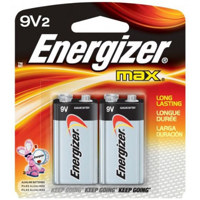
Required
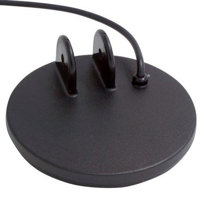
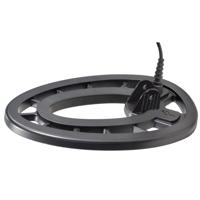
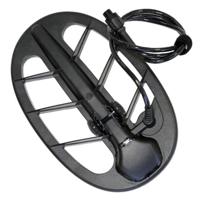
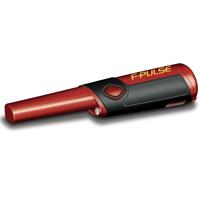
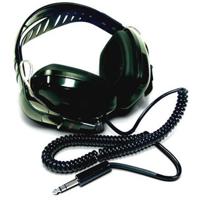
This detector comes with a waterproof searchcoil. The searchcoil can be completely submerged into water. The control housing is not waterproof and cannot be submerged in water. To use the detector in inclement weather, consider purchasing the optional Rain Cover (COV-F11).
Buried Utility Lines
This hobby metal detector is not designed to locate buried pipes or cables. Fisher Research Labs manufactures a complete line of pipe and cable locators for this application. These are sophisticated instruments with functionality different from your hobby metal detector.
Severe Soil Conditions
While this detector has proprietary circuitry to cancel out minerals naturally occurring in most soil types, it cannot penetrate the most severe soils and it is not intended for use on wet sand saltwater beaches. However, it is well-suited for detecting on dry sand. Saltwater is highly conductive and requires a more sophisticated type of detector. Fisher Research Labs offers such types of detectors. Other highly mineralized soils, such as those found in some gold prospecting sites, may also limit this detector's capability. If the detector tends to overload it could indicate you are in an area containing such severe soils.
Target-ID
The detector's Target-ID system calculates and displays the most probably identification. Target-ID is affected by soil conditions, the searchcoil's distance from the target, the length of time the target has been buried and the target's proximity to other dissimilar targets. Very large metal objects can overload the detector and may be classified inaccurately.
Reduce Sensitivity
The primary purpose of the Sensitivity control is to allow the operator to reduce the sensitivity of the detector. All detectorists desire to find objects at maximum depth. However, in today's environment there is a never-ending variety of devices emitting EMI (Electromagnetic Interference) that can interfere with this detector. There will be environments where the detector cannot operate at maximum sensitivity. This is not a defect. If you find yourself in such an environment, reduce the sensitivity of the detector.
Some environments may have so much EMI it is impossible to detect there. Both overhead power lines and buried power lines can interfere with this detector. Power line capacity may be quite different during certain times of the day. For instance, peak hours of electrical use that can occur around 6 p.m. can lead to a lot of EMI. If you experience power line interference, try returning to a given area at a different time of day.